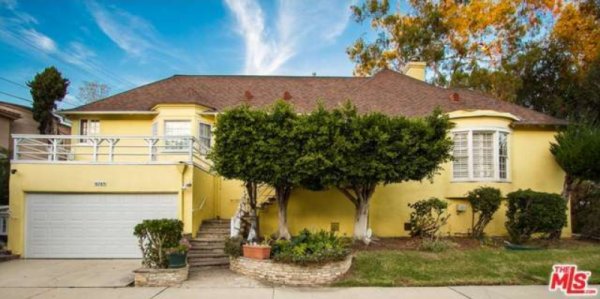Ray Bradbury was, of course, the popular and influential science fiction writer of such works as The Martian Chronicles and Fahrenheit 451, the latter book still a staple on high school reading lists. He was only loosely a science fiction writer, his fiction more fantasy and symbolic, and deeply poetic and nostalgic, and to no extent the kind of ‘hard’ science fiction more typical of the three other most popular SF authors of the mid- to late-20th century: Isaac Asimov, Arthur C. Clarke, and Robert A. Heinlein. Still, Bradbury wrote several books (the above-mentioned, as well as Dandelion Wine and Something Wicked This Way Comes), and a dozen or more short stories, that were among the most affecting of the 20th century: stories including “A Sound of Thunder” (the one about time travelers stepping on a butterfly in the ancient past and changing the course of history), “Kaleidoscope” (a survivor from an exploded ship in orbit appears as a meteor to a boy on Earth), “The Pedestrian” (it becomes illegal to take a late-night walk), “The Long Rain”, “The Veldt”, “All Summer in a Day”, “The Fog Horn”, “The Homecoming”, “I Sing the Body Electric” (made into a Twilight Zone episode), … as well as several of the stories in The Martian Chronicles, “Mars is Heaven!” and the last two: “There Will Come Soft Rains” and “The Million Year Picnic”.
He died in 2012. He’d lived for decades in a house in a district of Los Angeles, Cheviot Hills, on the Westside, south of UCLA and Beverly Hills and just north of the 10 freeway. A nice upscale neighborhood, but one built in the 1950s. I never met Bradbury, let alone visited his house; the one time I saw him, even then in a wheelchair, was at the 2001 Nebula Awards Banquet, held at the same Beverly Hilton Hotel where the Golden Globe Awards were held just this evening.
I hope Mike Glyer, who has this post about the Bradbury house, doesn’t mind my scaling his photo from MLS of the house:

So it is sad that no millionaire fan bought the house to preserve it as a memorial, but that idea is far-fetched at best; how would that work? Create a museum? How many people would visit, and pay? How long could it survive?
It’s not unusual that someone should have bought this property as a tear-down, intending to literally tear down the house, buying it for the property, with the intention of building a new, modern house.
This happens all the time. And the reason I understand this is that my own experience in the past few months of selling our home here in a suburb of LA, and buying a new one in the Bay Area, reveals how the competition among home-buyers works. That is, you might think that your home, built a mere 10 or 20 or 25 years ago, works just fine. But home-buyers see lots of potential properties, including newer homes than yours, homes with granite kitchen counters instead of tile, homes with modern appliances rather than ones obviously with 25 years of use, homes with much larger bathrooms and kitchens and closets than were typically built 25 years ago, or 50 years ago. We’ve seen properties in the Bay Area on the peninsula built 60 years ago, lived in by a single family and never updated in all that time, and still asking $1.5 million for a 2000 square foot home with narrow kitchens and tiny bathrooms. Because competition is so extreme on the peninsula — the area south of San Francisco, down to Palo Alto — given the employees of all those high-tech companies in that area wanting to live close to work — that any decent house there goes on the market on a Friday, has open houses over the weekend, and gets multiple bids by Tuesday, for over list price in order to beat out other offers. The sellers pick one, and the house is sold in less than a week.
So I’m not surprised that no one bought Bradbury’s 65-year-old house intending to move in as-is. The LA market may not be quite as competitive and ruthless as the SF Bay Area market, but to some degree it’s the same: there are not enough modern buyers (including it seems foreign buyers, especially Chinese, who show up in LA and SF with *cash*, ready to buy), who have any interest in buying a 50 or 60-year old home, unless they intend to tear it down and build something more modern. There are not enough fans of Bradbury, or any other author or artist or playwright, no matter how renowned, to compete with those buyers. That’s capitalism.





